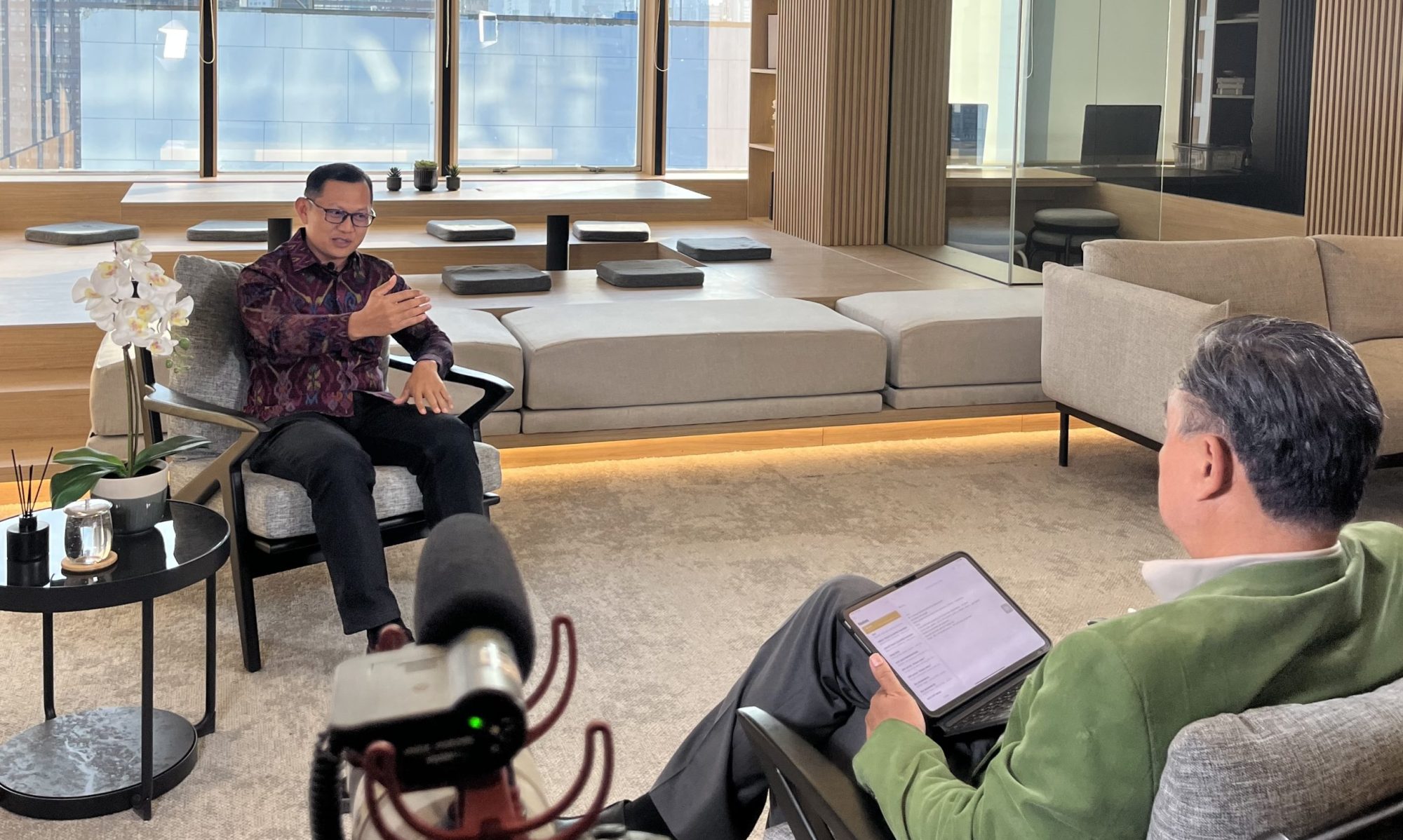Back in 2007, I taught my first online class from New York. It was around 1 or 2 in the morning—adjusted to match the afternoon class time in Jogja. I used Google Talk back then (what we now know as Google Meet). The students, class of 2004 of the Department of Geodetic Engineering, UGM, followed with great enthusiasm. Online classes were a novelty, back then.

On April 29, 2025—eighteen years later—I taught from Jogja to New York. This time, the invitation came from a senior official at the Division for Ocean Affairs and the Law of the Sea, United Nations. I was asked to deliver a lecture on the geospatial aspects of maritime boundaries. The session was attended by the 2025 cohort of the UN-Nippon Foundation Fellowship, and I was assisted by my students from Geodetic Engineering at UGM. Years ago, when I was teaching from New York to Jogja, I was one of the fellows in that very program.

Being invited to teach in a program hosted by the United Nations in New York is, undeniably, an honor. More than that, what happened last night felt like a full-circle moment. In 2007, I was a UN-Nippon Foundation Fellow in New York teaching maritime boundaries to students in Jogja. In 2025, I’m a UGM lecturer in Jogja teaching UN-Nippon fellows in New York—this time with help from my own students.
What moved me most was the attentiveness of the participants seated in a large room in New York. They listened with respect and asked questions with genuine curiosity. The questions reflected the mindset of true learners—eager, sharp, and deeply engaged. Their words of appreciation, wrapped in the elegant language of diplomacy, were heartening. Perhaps some of it was part of good etiquette, but still, it meant something. My careful preparations felt worth it.
As for the content, I didn’t prepare anything from scratch. I had nearly all the materials on hand. I simply restructured them to flow in a way that suited a diverse audience with some foundational knowledge. Only two or three new animations were made to explain cases of maritime boundary delimitation among certain states. Lectures like these often serve as the perfect excuse to build timeless visual aids.
To ensure everything ran smoothly, I asked one of my students, Raphael, to help with the technical side of things. He and his friend Ata came over and handled all the audio and video setup. Since this was the United Nations, I didn’t want to rely on a built-in laptop camera. I asked Raphael and Ata to lend me a “real” camera so my face could appear crisp and professional. And it worked. That was the first thing Velentina, the event coordinator, complimented when I showed up on screen. No surprise—Raphael and Ata are two creative, brilliant young minds. Today, they run their own company: DRN Creative Media.

I slept well that night. The things I used to say as motivation seem, little by little, to be coming true. That if lives can be governed by decisions made in Manhattan, then the world can surely be colored by work completed on a wooden porch in Sleman, or by animations crafted in the quiet of Tegaljadi village.
